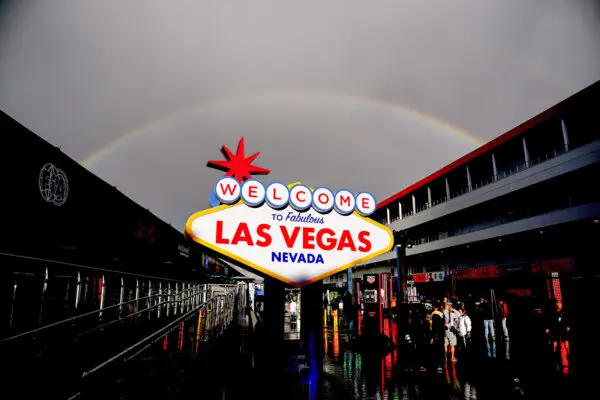They call Rome the Eternal City, and really it’s the perfect name. The Italian capital is ancient in ways that defy numbers, and which we can only just start to imagine. It’s a city that for centuries was the beneficiary of an empire that stretched across the known world, only enriching and enhancing the renown of its heart. Remember: There were days, long ago, when all roads led to Rome.
Today, evidence of these glory days remains everywhere around town. Literally thousands of years of culture and history and architecture, so many icons to see and stories to hear. On a half dozen (or more) trips here, I’ve only just scratched the surface. But we will do our best in this guide to see as much of an eternity as we can—in just 24 hours.










